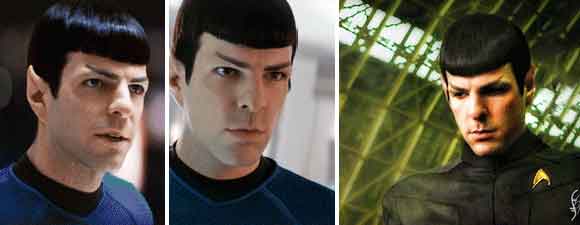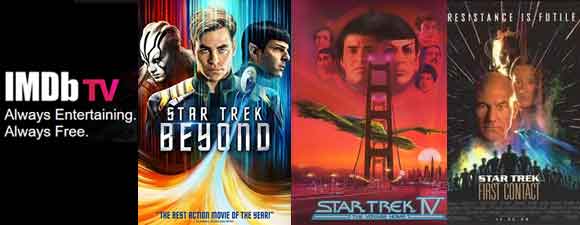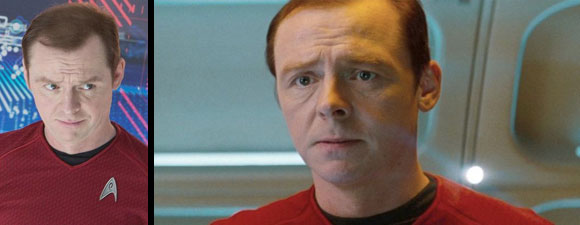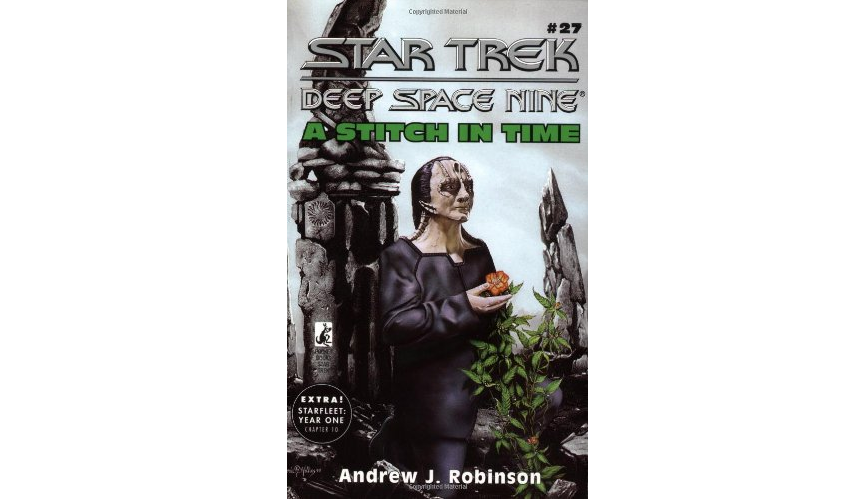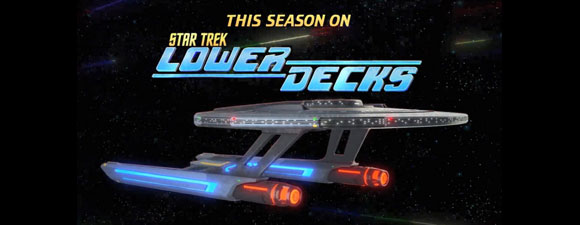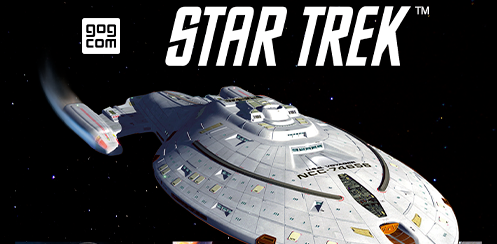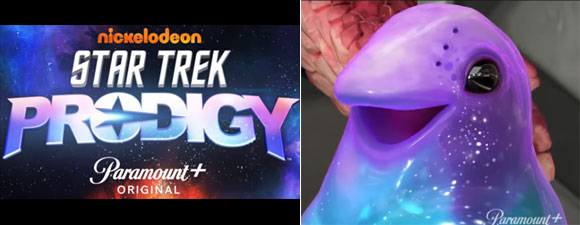Creating Star Trek Beyond Visual Effects
3 min read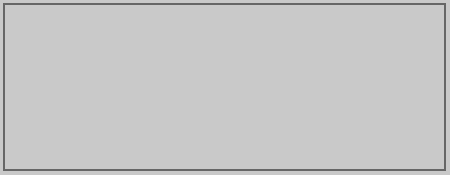
Visual effects company Double Negative took over from ILM for Star Trek Beyond, and Double Negative Co-Founder Peter Chiang built on what had been done in the past while also creating exciting new effects, some based on science.
“All of the digital assets belong to Paramount so we inherited the ILM model,” said Chiang. “Even so, there was a lot of shader work needed to translate that into the ship we wanted to see onscreen, which is the Justin Lin version of the Enterprise. It goes back in time a bit stylistically, looking closer in appearance to the original TV version, which always seemed a little vulnerable with those slender segments linking the saucer, engineering and the nacelles.
“In examining the history of the franchise, you realize the last thing you want to fall into creatively is to just repeat things verbatim,” said Chiang. “Our new changes included adding a ‘fastback’ aspect to the nacelles, which formed a bit of a ‘V’ shape going back. We also stretched and thinned both the nacelles and the ship’s neck, making them more obvious targets for the scene when the ship comes under attack.”
Another change involved how the ship looked in warp. “In the past films, there was always a kind of light-driven way they had for showing the streak to warp speed,” said Chiang. “In reevaluating our options, this gave us a chance to take inspiration from real physics for our warp effect.
“Right from the outset, I was presenting Justin with ideas on how this could look. We did studies on how light is bent by gravitational lensing, then looked at high-speed shooting of three to four thousand fps to see how bullets create a wake as they travel through water. We also scrutinized images of planes and their vapor trails as they go beyond the sound barrier. I imagined multiple shock waves building up and stacking on one another, forming this layer ahead of the vessel. That tells us we’re traveling at high speed and gives a dimensional quality to it.”
Chiang also spoke about creating Starbase Yorktown. “The base is out at the frontier of Federation space, constructed as a series of angled structures, set on these sea-urchin-like arms within a sixteen-mile diameter sphere,” he said. “Using a volume of space in the most efficient and economical manner would absolutely be the way to go with structures out there, and that meant maximizing the inner volume.”
Starbase Yorktown had day and night courtesy of altering the sphere around the station. “We played with the idea that the sphere surrounding the station was opaque during the day, but that the inner hemisphere becomes more transparent at night, letting the inhabitants see the stars outside,” said Chiang. “That would be a comfort for visiting space travelers.”
Filming for Starbase Yorktown took place in Dubai, but after that, extra effects were added. “The plates shot there served as a basis for our finals,” said Chiang, “but we had to embellish very extensively for pretty much every view. Everything changed color-wise, since the Federation is principally blue, white, silver and black, but Dubai feels very beige/yellow.
“During shooting, we were very conscious of what was supposed to be visible overhead, and framing took that into account. We had LIDAR scans done of about forty buildings there that worked for our purposes architecturally. These were heavily textured, and we could put those assets into frame procedurally to populate the background and the other arms of Yorktown overhead.”
For Chiang, “it was a real honor for me to work on Beyond, and I think we gave both fans and the general audience a new way of looking at the familiar sights in the Trek universe.”
